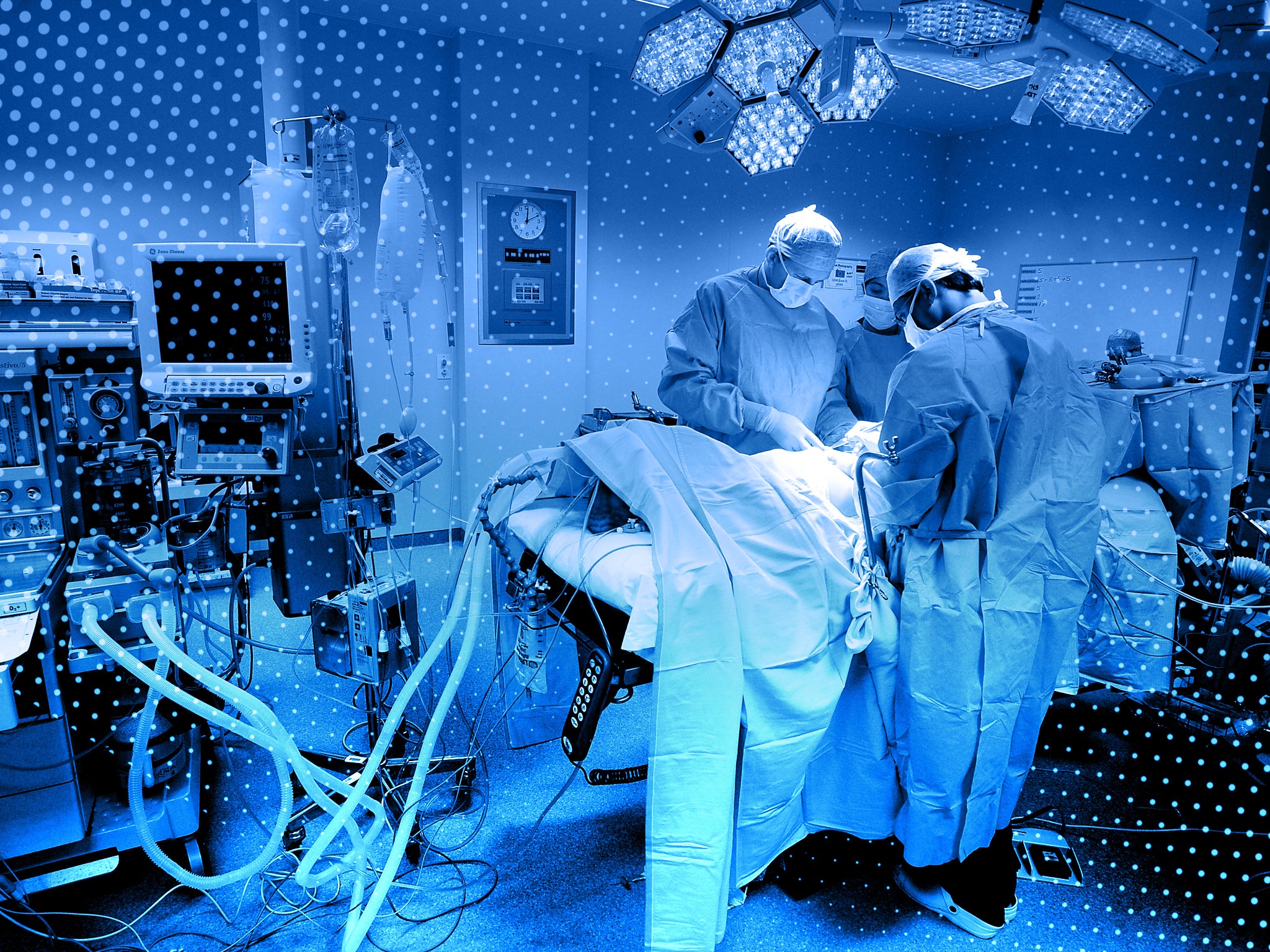The NHS will recover with an ‘all hands on deck’ approach
How to heal the NHS: The public/private partnership working reached a whole new level during the pandemic, writes David Hare


Your support helps us to tell the story
From reproductive rights to climate change to Big Tech, The Independent is on the ground when the story is developing. Whether it's investigating the financials of Elon Musk's pro-Trump PAC or producing our latest documentary, 'The A Word', which shines a light on the American women fighting for reproductive rights, we know how important it is to parse out the facts from the messaging.
At such a critical moment in US history, we need reporters on the ground. Your donation allows us to keep sending journalists to speak to both sides of the story.
The Independent is trusted by Americans across the entire political spectrum. And unlike many other quality news outlets, we choose not to lock Americans out of our reporting and analysis with paywalls. We believe quality journalism should be available to everyone, paid for by those who can afford it.
Your support makes all the difference.As Stephen Dorrell, the former health secretary, once famously said, the NHS’ “best kept secret” is that it has always been a public/private partnership.
Indeed, ever since the NHS was established in 1948, independent providers have played a key role in the delivery of universal NHS healthcare, with the Nuffield Trust estimating that around 22 per cent of the English health spending currently goes to organisations that are not NHS trusts or other statutory bodies. This includes almost all of general practice, community pharmacy, as well as a large number of voluntary, social enterprise and other independent providers delivering care to NHS patients free at the point of use.
This public/private partnership working reached a whole new level during the pandemic, most notably with the historic agreement whereby all independent hospitals in England made available the entirety of their 8,000 beds, 1,200 ventilators and 20,000 staff to the NHS, all on an at cost basis with no profit made. This led to over 3.3 million NHS procedures being delivered by the sector – including 160,000 life-saving cancer and cardiology treatments – playing a pivotal role in ensuring non-covid treatment could continue.
A similar partnership was also set up with diagnostics providers, with the delivery of over 325,000 CT scans to detect key diseases, and independent primary and community providers all over the country stepped up to ensure safe patient care could continue.
And now with the NHS bracing itself for potentially its toughest winter ever, this “all hands on deck” approach to patient care must be taken to the next level.
The latest NHS figures show the largest waiting list on record in June at 6.7 million, with over 350,000 people currently waiting over one year for care, up from only 2,000 pre-pandemic). Likewise, the proportion of patients waiting less than two months to start cancer treatment following an urgent GP referral is now at its worst level since records began at just 62%, and recent leaked NHS data has shown more than 1 million people (including 300,000 children) are waiting for treatment in the community – e.g. for back pain, foot problems and hearing loss – some for as long as two years.
Given the scale of the problem, there’s obviously not going to be one silver bullet to solving the NHS’ woes, but the independent sector – as it proved during the pandemic – can make an important contribution.
Starting with tackling the elective care backlog, including vital cancer treatment, the sector can, and wants, to do significantly more to help.
Capacity is available in almost all specialties including orthopaedics, ophthalmology, oncology and many others which could be – but isn’t currently – used to treat NHS patients free at the point of use.
To help more NHS patients get seen quicker they need to be made aware of their (unfortunately) little-known legal right to choose where they receive their NHS treatment, including in the independent sector.
Just half the public say that they are aware of these rights, despite recent research from IHPN and the Patients Association showing it really pays to choose. Given the variation in waiting times across the country, patients need to travel on average just 13.2 miles – less than a 30 minute drive – to cut 3 months off their wait for NHS care.
Likewise, independent providers can really help with the NHS’ drive to deliver more care outside of hospitals and in the community. The government has an ambitious programme to establish 160 Community Diagnostics Centres (CDCs) where people can receive key tests and scans near to where they live without going into hospital. And in light of NHS capital spending pressures, independent diagnostics providers – who already deliver over 1 million NHS tests and scans every year – can play a key role here in funding, building and running these new services, free to use for NHS patients.
Read more from our series on ‘How to heal the NHS’ by clicking here
Equally, the NHS are currently working to ease pressure on hospitals by delivering more care in people’s home (where most patients in fact want to be) – and are aiming for over half a million patients to be treated in new “virtual wards”. Many independent providers are already working in this area and given the ambition of this new programme, the NHS have rightly made clear that partnerships with independent providers will play a key role in bringing in much needed capacity, technology and innovation to the programme.
From politicians to think tanks, to those working directly on the front line, there is an emerging consensus that the NHS is facing a national crisis this winter, with a response needed akin to that in dealing with the pandemic.
To do that nothing short of an “all hands on deck approach” with the use of resources in the NHS, independent and voluntary sectors will be acceptable to patients and the taxpaying public.
David Hare is chief executive of the Independent Healthcare Providers Network (IHCP)
Join our commenting forum
Join thought-provoking conversations, follow other Independent readers and see their replies
Comments